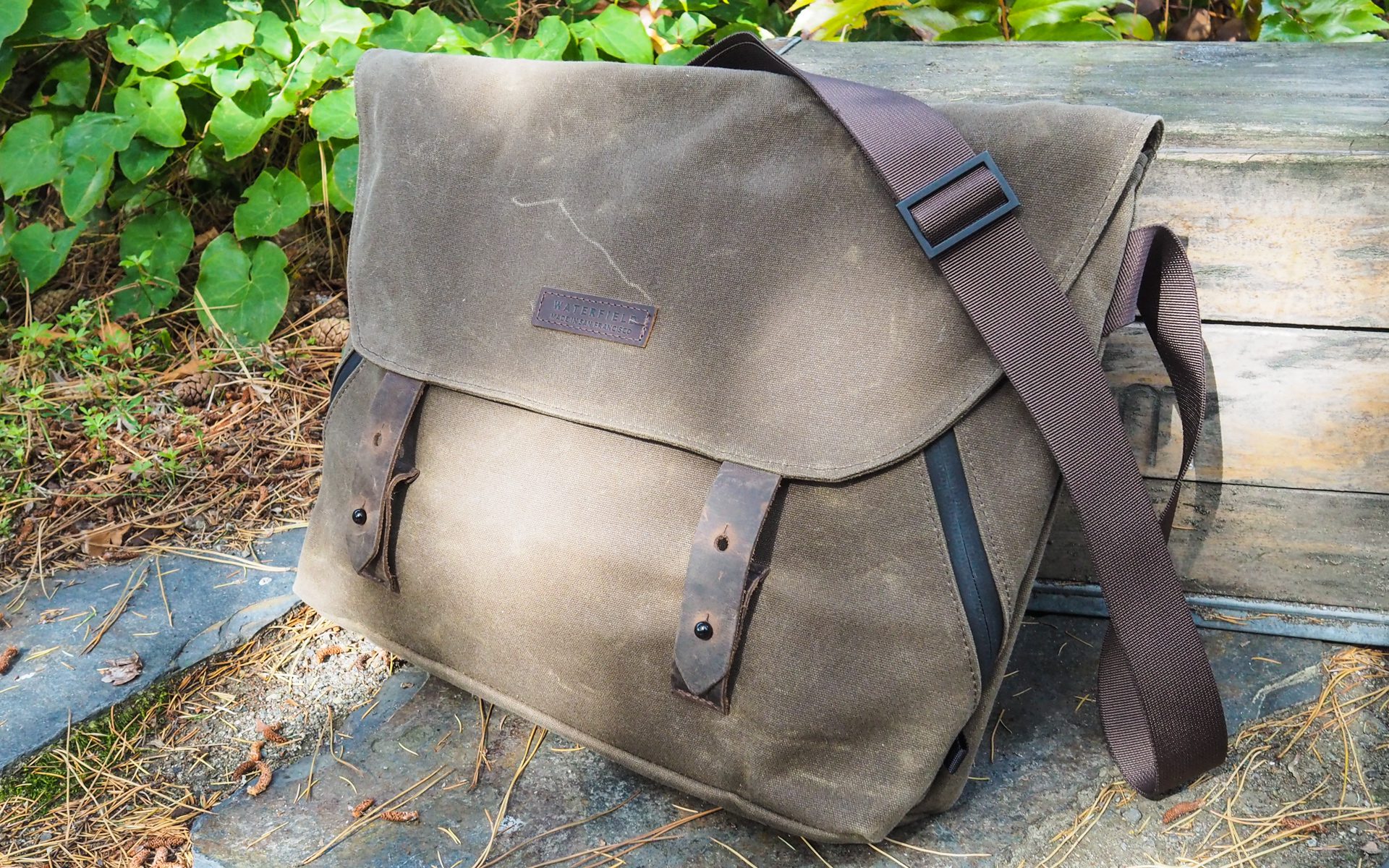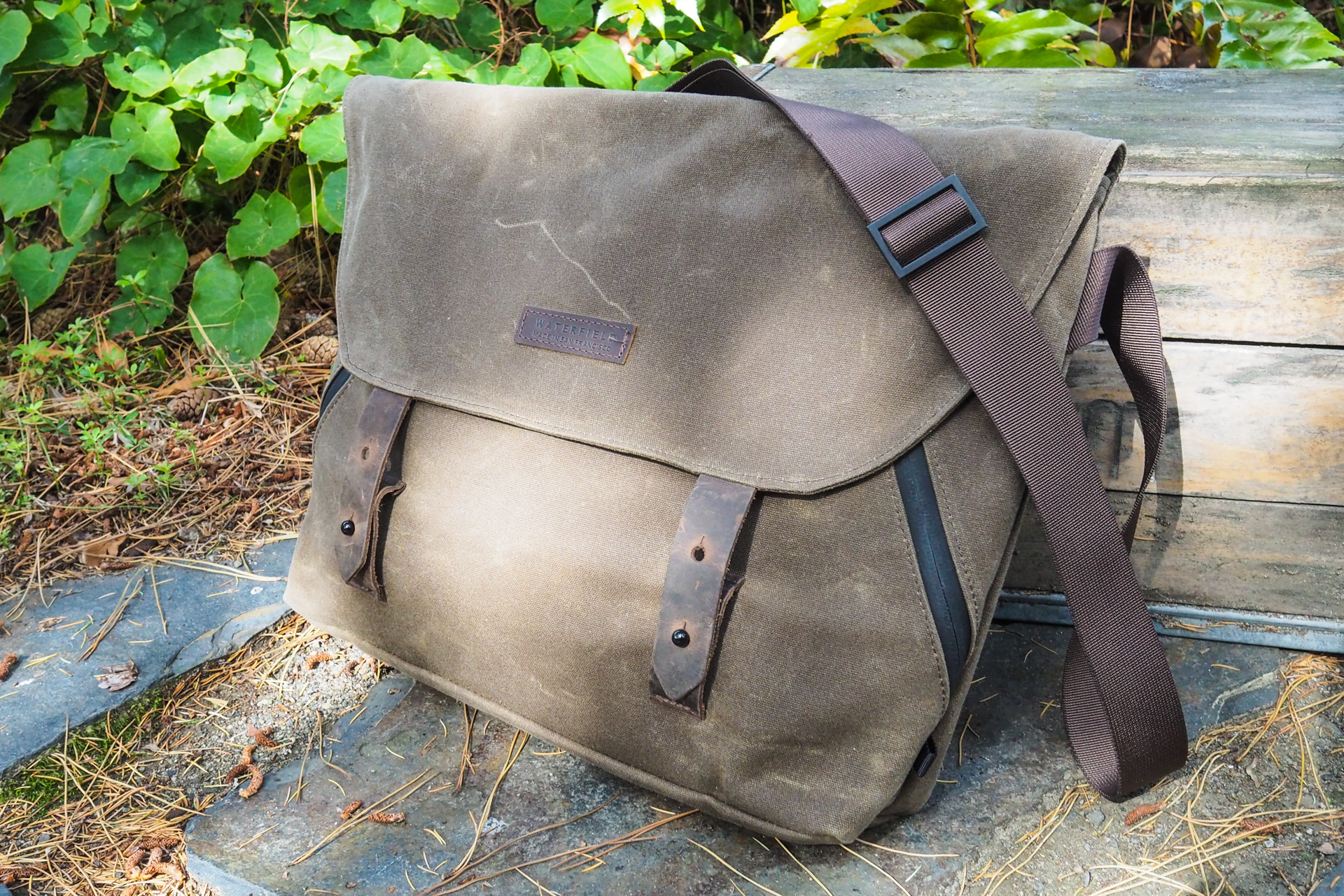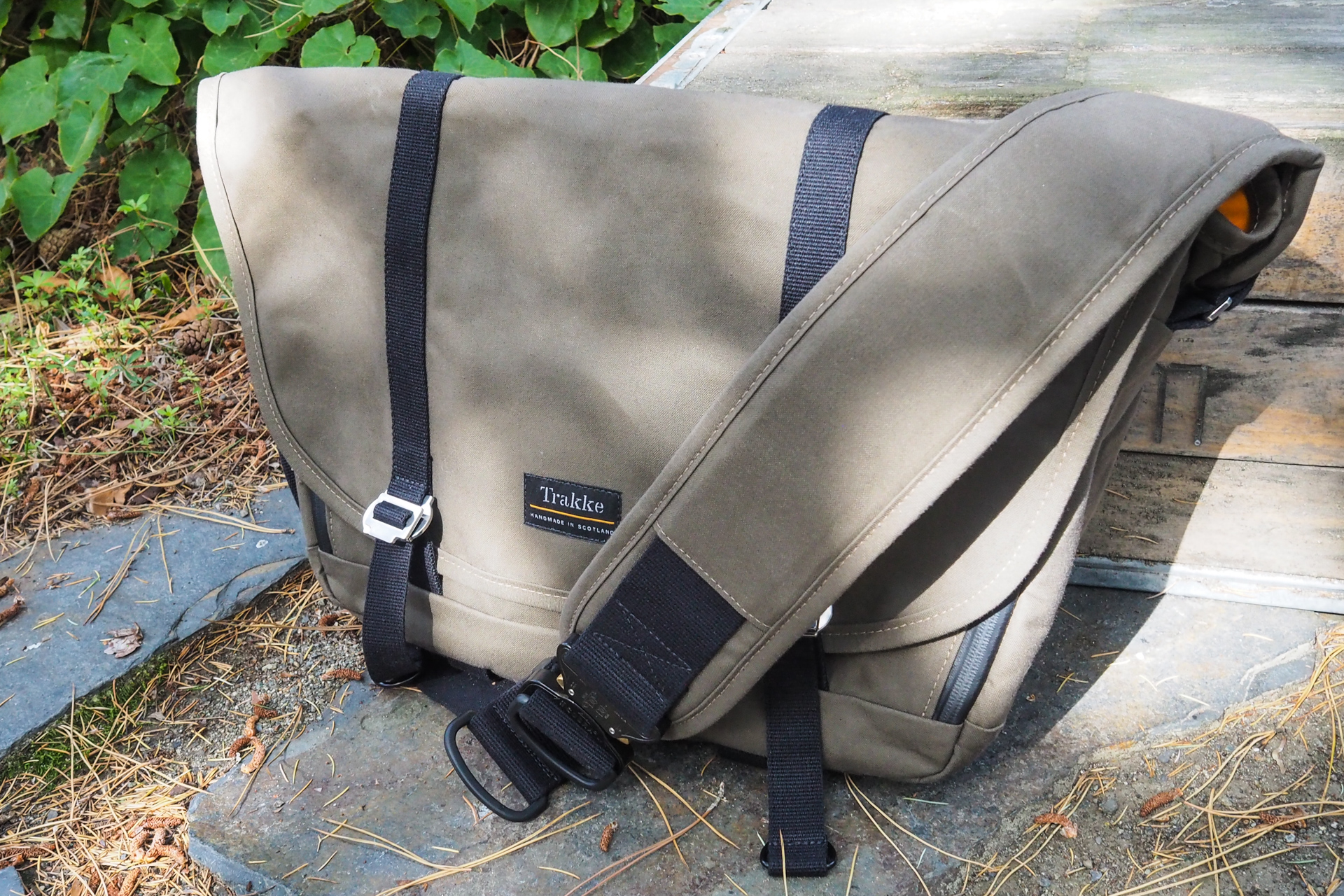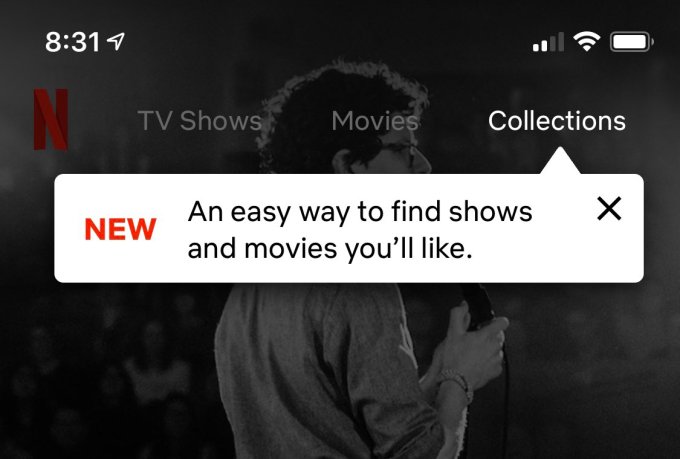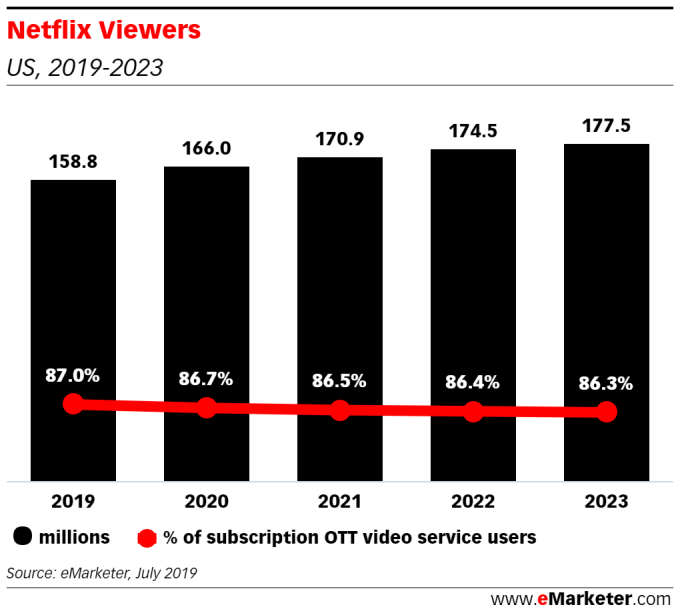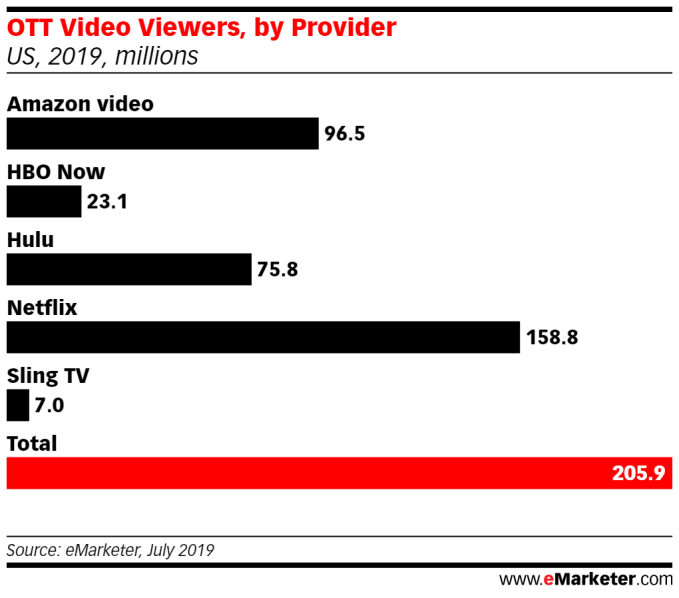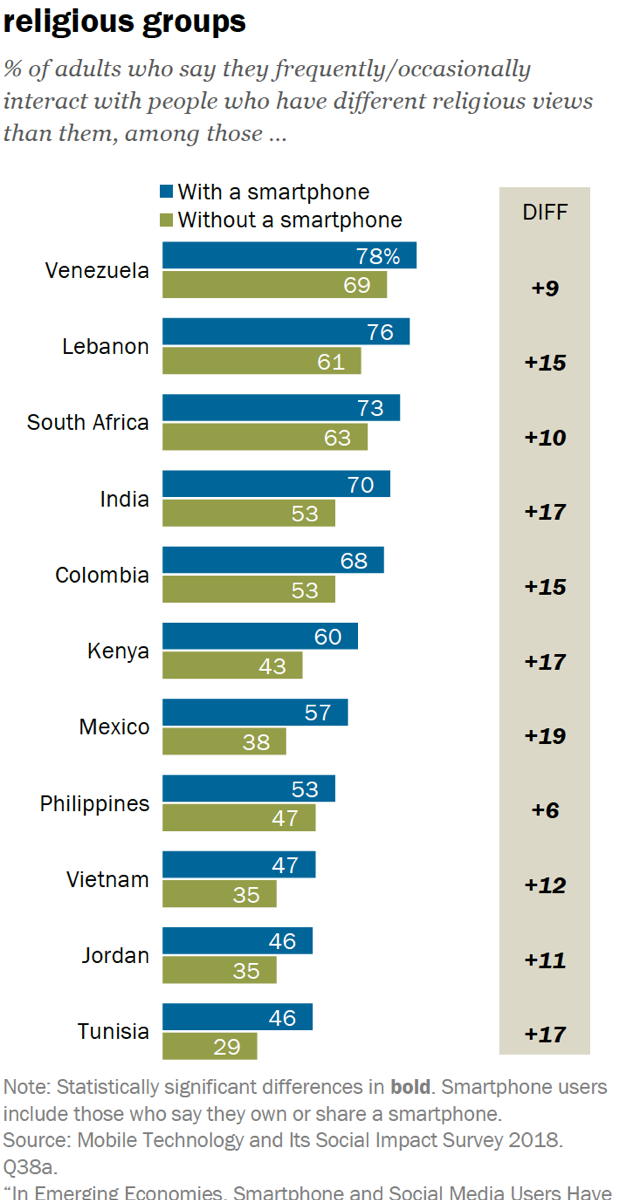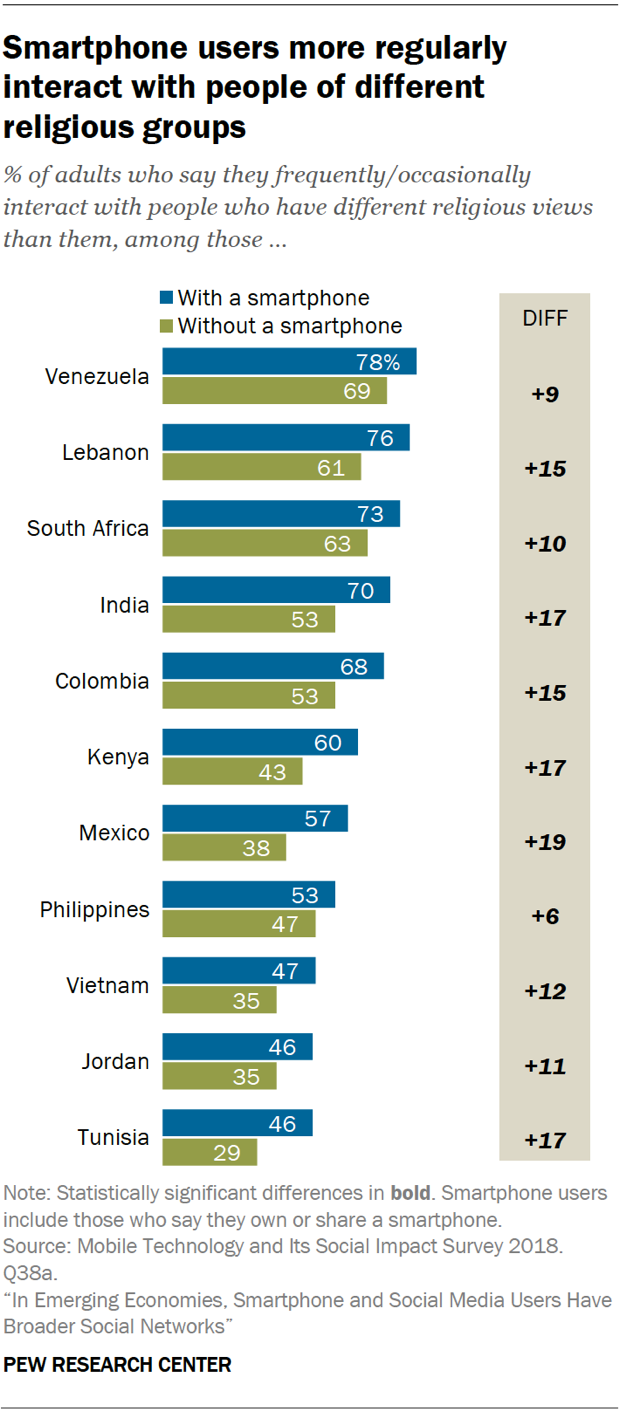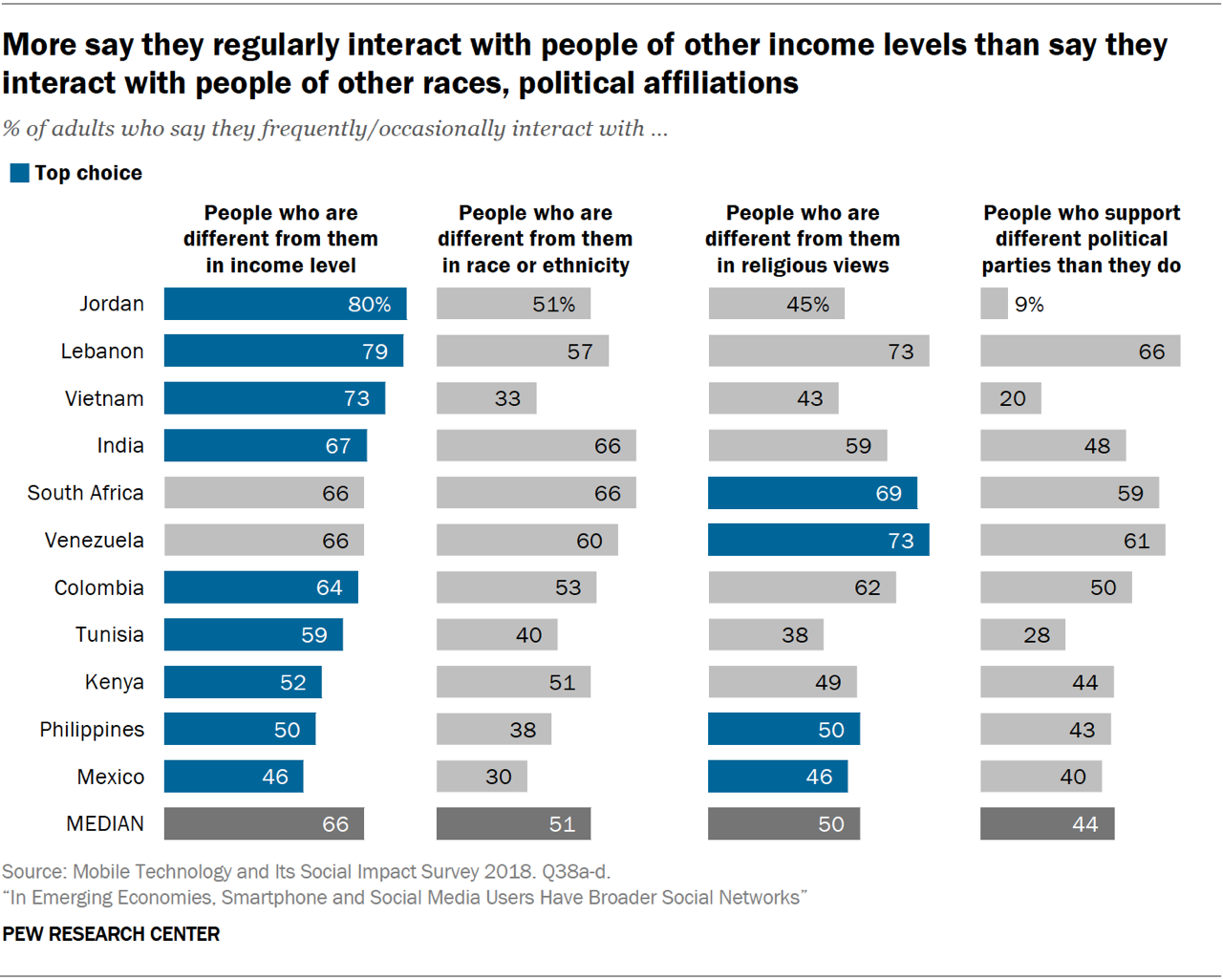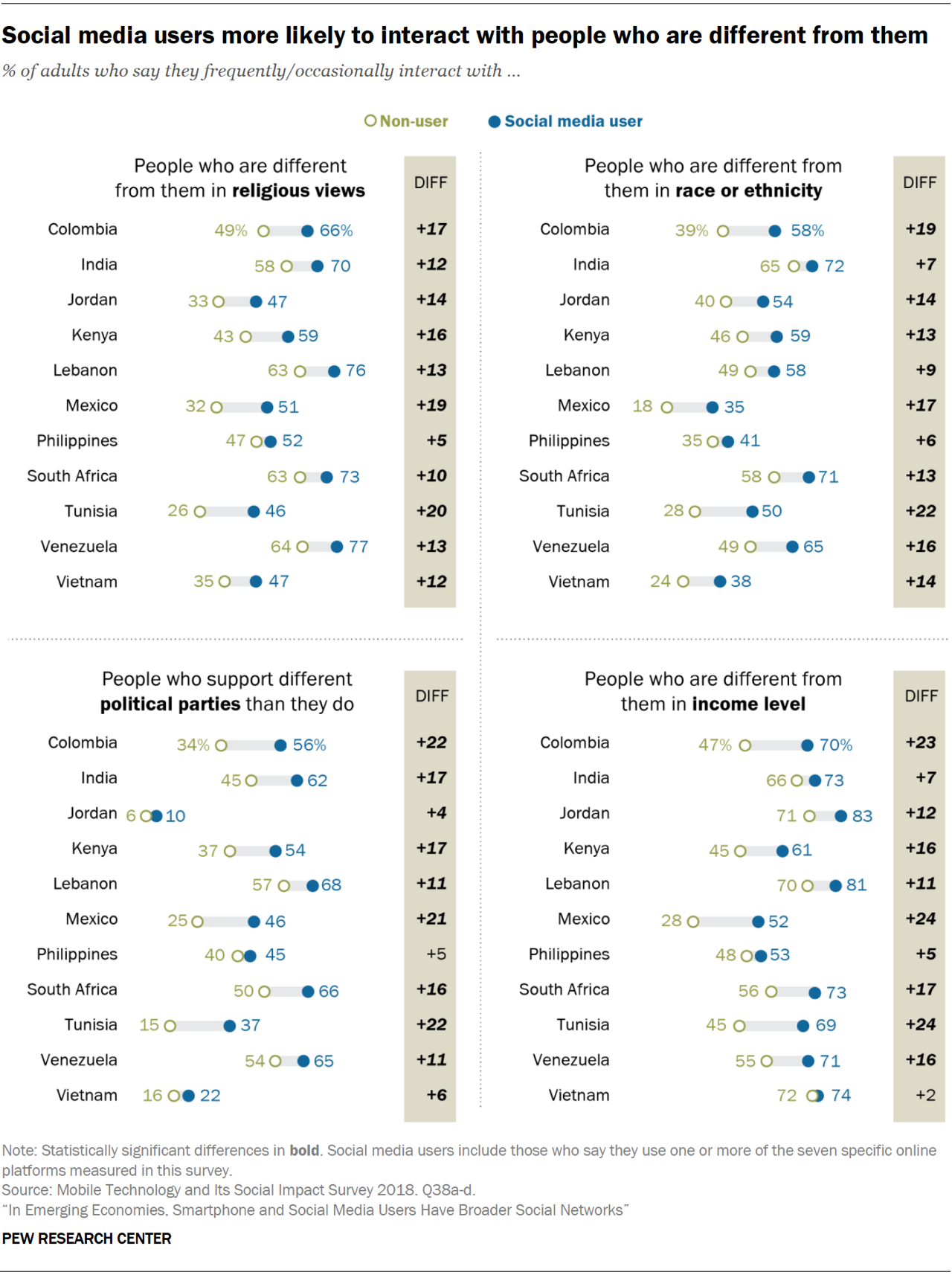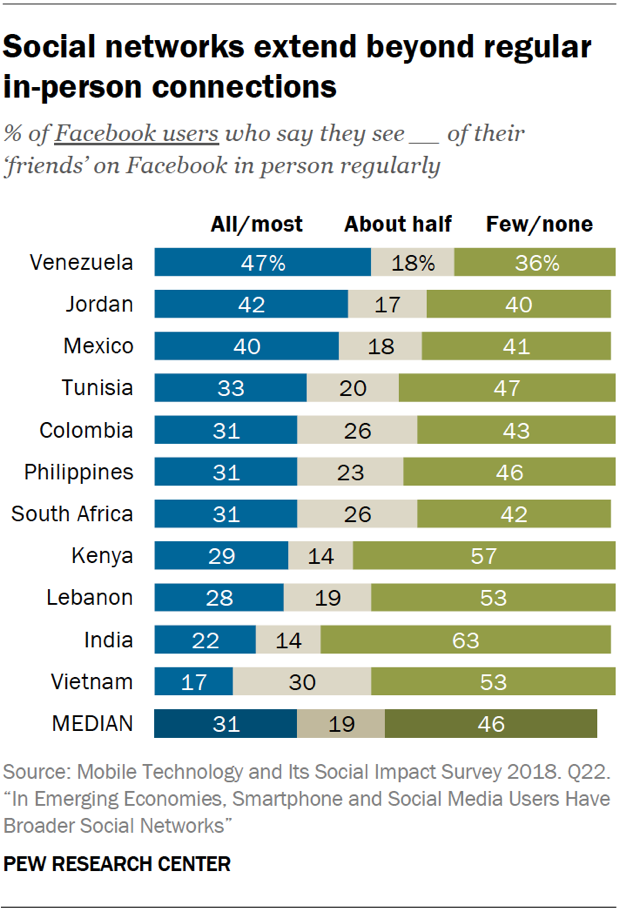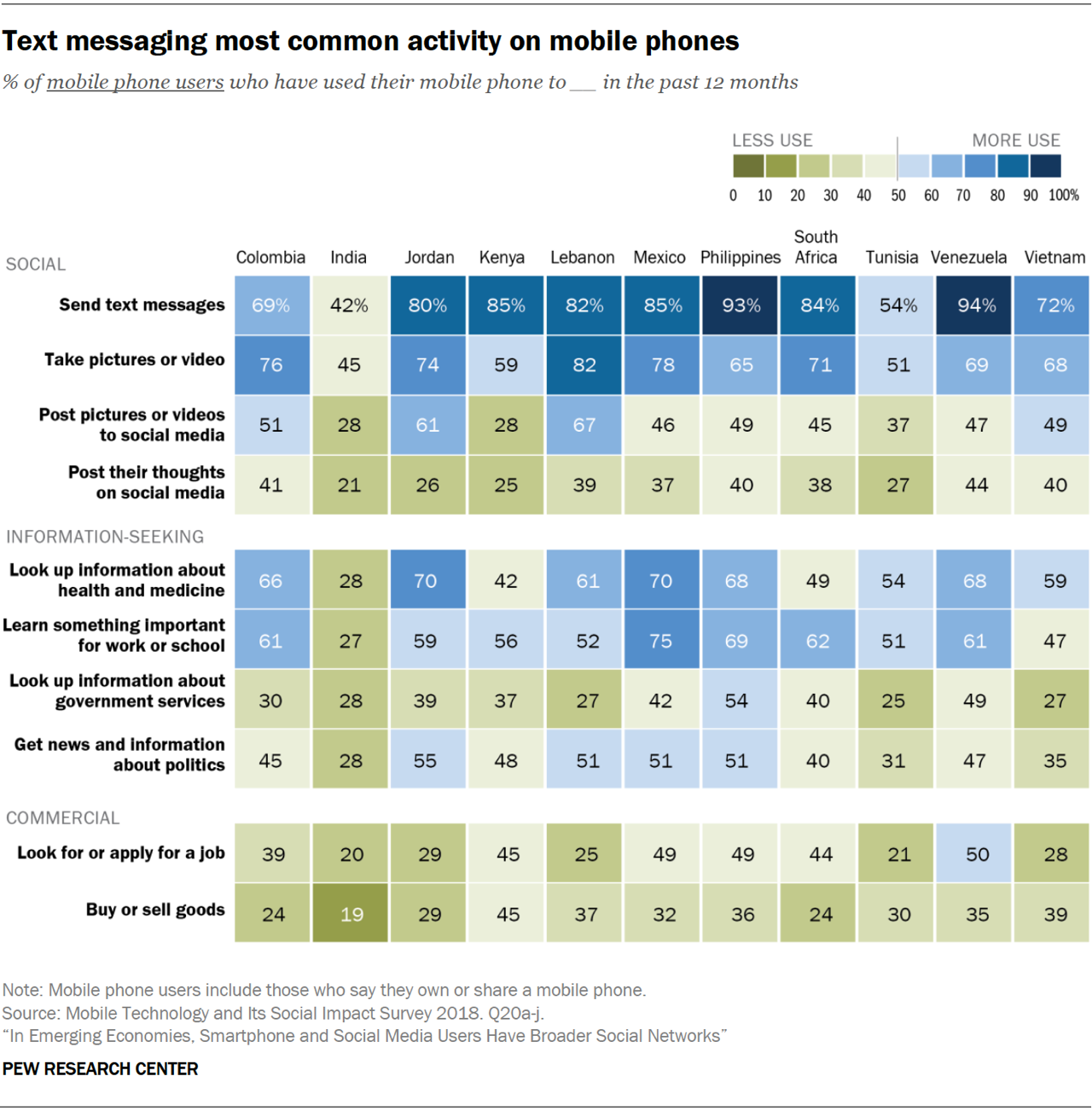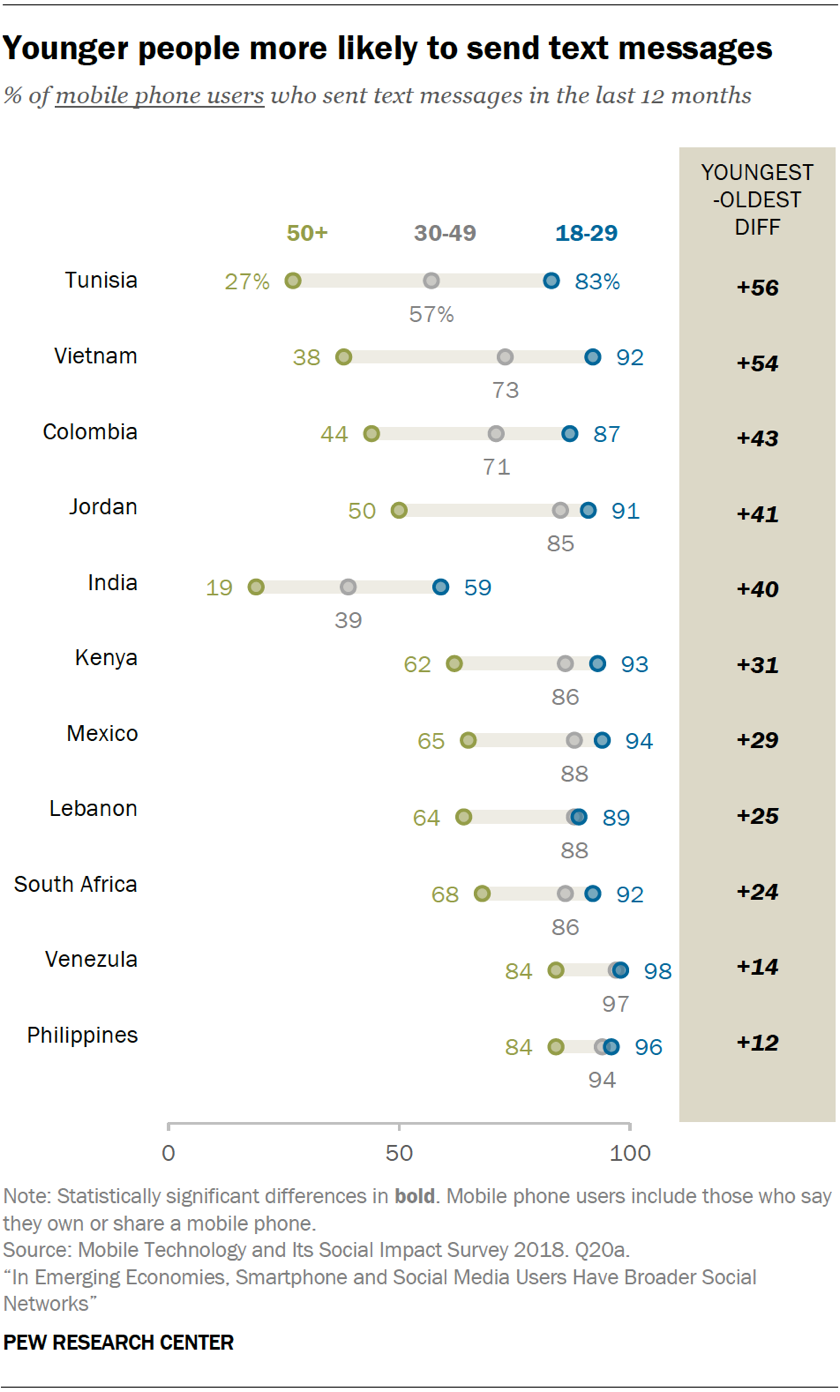Hello and welcome back to Startups Weekly, a weekend newsletter that dives into the week’s noteworthy startups and venture capital news. Before I jump into today’s topic, let’s catch up a bit. Last week, I wrote about the flurry of IPO filings. Before that, I noted the differences between raising cash from angels vs. traditional venture capitalists.
Remember, you can send me tips, suggestions and feedback to kate.clark@techcrunch.com or on Twitter @KateClarkTweets. If you don’t subscribe to Startups Weekly yet, you can do that here.
What’s new
Venture capitalists look for companies poised to disrupt markets untouched by innovative technology. Believe it or not, a very small percentage of jewelry shopping is done online, which means there’s a big opportunity — for the right team — to bring jewelry buyers and sellers to the 21st century.
Enter Pietra, a new startup that’s just raised $4 million in a round led by Andreessen Horowitz’s Andrew Chen (Substack & Hipcamp investor). Robert Downey Jr.’s VC fund Downey Ventures and Will Smith’s fund Dreamers Fund also participated, as did Hollywood manager Scooter Braun, Michael Ovitz and supermodel Joan Smalls.
I spoke to the founding team, which includes Uber alum Ronak Trivedi and Ashley Bryan, who hails from fashion e-commerce site Moda Operandi. The pair bring a healthy mix of technology and fashion expertise to the mix. Trivedi tells TechCrunch he’s drawn on his Uber experience to recruit engineers from top tech companies and to advocate for fast growth. Meanwhile, Bryan has leveraged her fashion industry connections to establish relationships with luxury designers.
“Fashion is typically really under-resourced in terms of tech,” Bryan tells TechCrunch. “[The fashion industry] is great at the creativity part but it’s tough, especially with jewelry because you really have to put up a lot of capital.”
Pietra’s plan is to create a high-end marketplace for consumers to connect with jewelry designers. To do this, the team has adopted the standard marketplace approach, taking a 30% marketplace fee from sellers, as well as a 7% fee from buyers commissioning jewelry on the platform.
“Whether you do custom jewelry or engagement jewelry or you do jewelry for celebrities like Drake, you can come on Pietra and connect with a global marketplace,” says Trivedi.
The jewelry market is expected to be worth more than $250 billion by 2020, according to McKinsey research. And where there’s a billion-dollar market, there are VCs.
“Even though gemstones and jewelry have been at the center of art, commerce, and culture since the dawn of human civilization — going from stone jewelry created 40,000 years ago in Africa to the trade routes between East and West to Fifth Avenue in New York to the Instagram feed on your phone — the technology for discovering, designing, and purchasing jewelry online hasn’t evolved much at all,” writes a16z’s Chen, who overlapped with Trivedi during his Uber tenure.
Pietra completed its official launch this week. It has 100 designers on the platform and counting, along with what the founders say is a lengthy waitlist.

In other news
This week I published a long feature on the state of seed investing in the Bay Area. The TL;DR? Mega-funds are increasingly battling seed-stage investors for access to the hottest companies. As a result, seed investors are getting a little more creative about how they source deals. It’s a dog-eat-dog world out there and everyone wants a stake in The Next Big Thing. Read the story here.
Demo Day
Y Combinator graduated another batch of 200 companies this week. We were there both days, taking notes on each and every company. To make things easy on you, I’ve put together the ultimate YC reading list:
- All 84 startups from Y Combinator’s Demo Day 1
- All 82 startups from Y Combinator’s Demo Day 2
- The 11 best startups from YC’s Demo Day 1 (Extra Crunch membership required.)
- Our 12 favorite startups from Y Combinator’s S19 Demo Day 2 (Extra Crunch membership required.)
- YC’s Michael Seibel on building startups and early-stage deal-making
- YC is doubling down on these investment theses in its latest batch
Here’s a look at some of the profiles we’ve written on the S19 companies:
- Fresh out of YC, Tandem lands millions from a16z
- Stoic is a journaling app with a focus on understanding your feelings
- Narrator wants to become the operating system for data science
- This startup is building a weed breathalyzer for cops
- Lokal wants to bring local news to 900M Indians in their regional languages
- Holy Grail is using machine learning to build better batteries
- YC’s latest bet is building a cyberpunk anime MMO
- Rent the Backyard wants to build a studio apartment in your yard
- Shiru is developing a protein replacement for food additives
- Lumineye helps first responders identify people through walls
- GradJoy is a fintech startup to help you knock out your student loans
- Traces AI is creating a less invasive alternative to facial recognition tracking
Listen
We recorded two great episodes of Equity, TechCrunch’s venture capital podcast, this week. The first was with YC CEO Michael Seibel, in which he speaks to trends at the seed stage of investing, changes at the accelerator program, including its move to San Francisco and more. You can listen to that one here. Plus, we had on Unusual Ventures co-founder and partner John Vrionis, who talked to us about direct listings versus IPOs and the future of DoorDash and Airbnb. You can listen to that one here.
Equity drops every Friday at 6:00 am PT, so subscribe to us on Apple Podcasts, Overcast and Spotify.
Tips for B2B startups
Contributors Tyler Elliston and Kevin Barry share advice for B2B companies: “Over the years, we’ve seen a lot of B2B companies apply ineffective demand generation strategies to their startup. If you’re a B2B founder trying to grow your business, this guide is for you. Rule #1: B2B is not B2C. We are often dealing with considered purchases, multiple stakeholders, long decision cycles, and massive LTVs. These unique attributes matter when developing a growth strategy. We’ll share B2B best practices we’ve employed while working with awesome B2B companies like Zenefits, Crunchbase, Segment, OnDeck, Yelp, Kabbage, Farmers Business Network, and many more.” Read the full story here. (Extra Crunch membership required.)
Source: Tech Crunch


